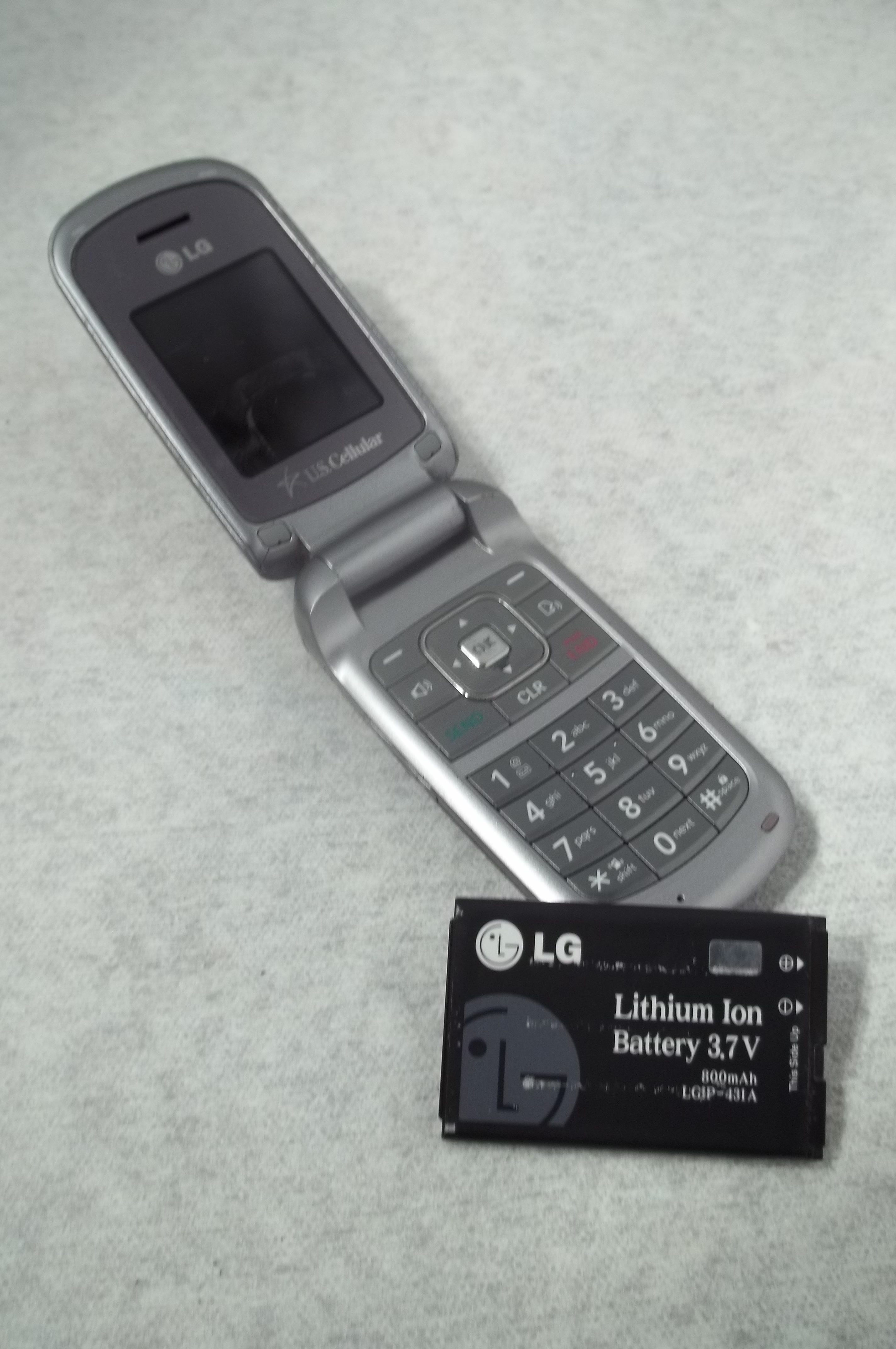All regulations pertaining to the transport in commerce of lithium cells and batteries share a requirement that the cell or battery be packaged in a manner to prevent short circuits during transportation. Left unsaid by the regulations is how this is to be accomplished.
From the IATA 2019 Lithium Battery Guidance Document, Revision 1:
Methods to protect against short circuit include, but are not limited to, the following:
- Pack each battery or each battery-powered device when practicable, in fully enclosed inner packagings made of non-conductive material (e.g., a plastic bag).
- Separate or pack batteries in a manner to prevent contact with other batteries, devices, or conductive materials (e.g., metal) in the packaging.
And…
- Ensure exposed terminals or connectors are protected with non-conductive caps, non-conductive tape, or by other appropriate means.
It is also important the battery terminals are protected from damage.
- If not impact resistant, the outer packaging must not be used as the sole means of protecting the battery terminals from damage or short-circuiting.
- Batteries should be securely cushioned and packed to prevent shifting which could loosen terminal caps or reorient the terminals to produce short circuits.
Like this article? Subscribe to my Monthly Newsletter No marketing emails! |
Methods to protect battery terminals in packagings include but are not limited to the following:
- Securely attach covers with sufficient strength to protect terminals.
- Package the battery in a rigid plastic packaging.
- Construct the battery with recessed terminals or otherwise protected to prevent damage to the terminals if the package is dropped.
Are there more regulatory requirements for the packaging, hazard communication, and transportation of lithium cells and batteries. Yes. A lot more.

